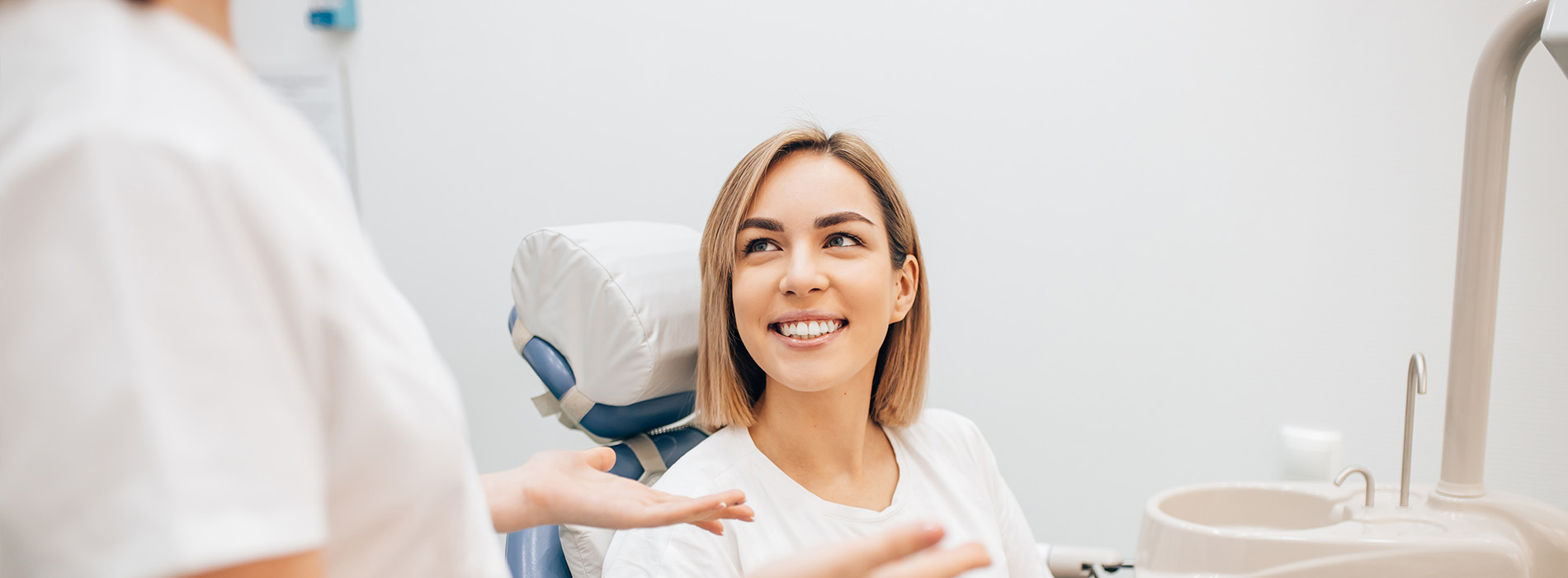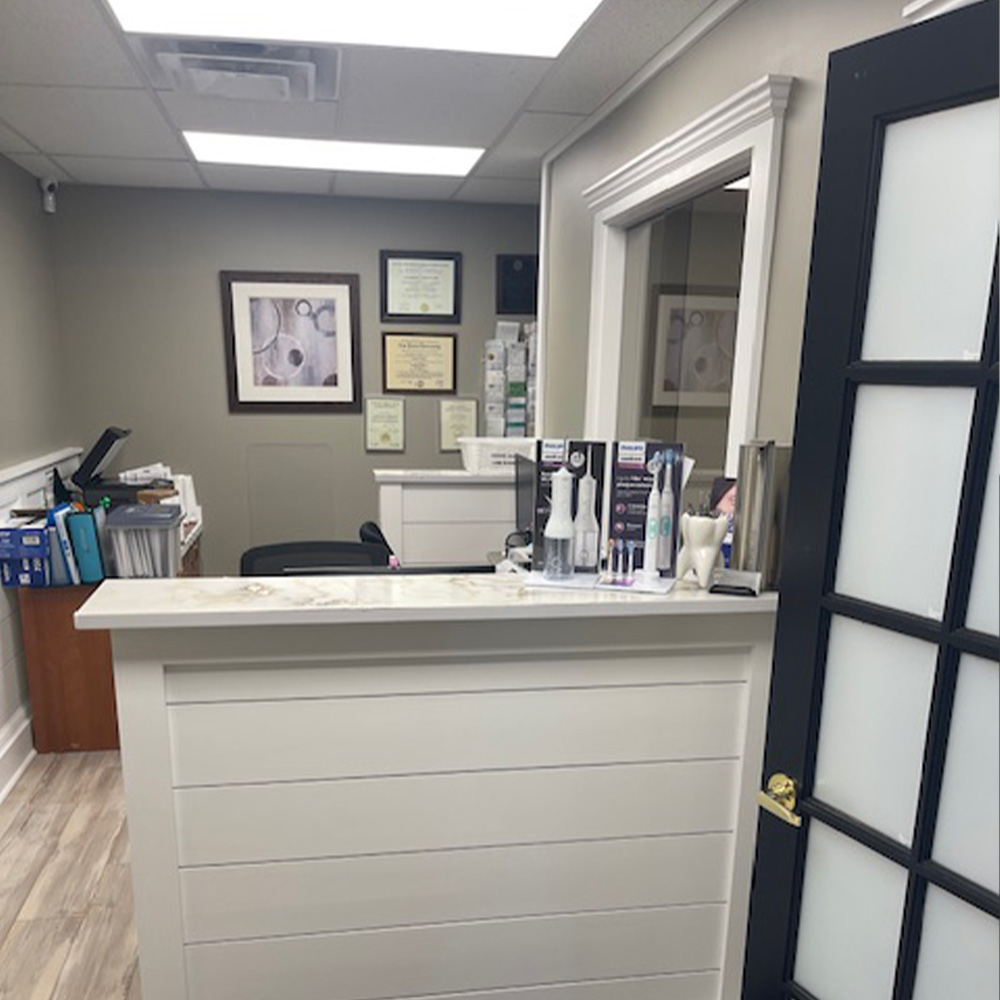

Looking to schedule your next dental visit or have questions about our services?
Getting in touch with us is quick and easy! Our welcoming team is here to help with booking appointments, answering questions about treatments, and addressing any concerns. Whether you’d rather give us a call, send us an email, or complete our convenient online contact form, we’re happy to assist you. Don’t wait any longer to start your journey to a healthier, more confident smile—reach out today and see how personalized dental care can make a difference!